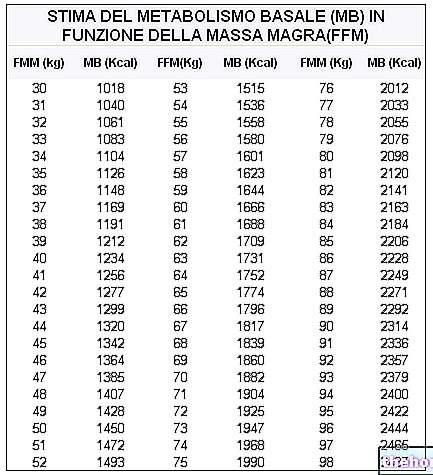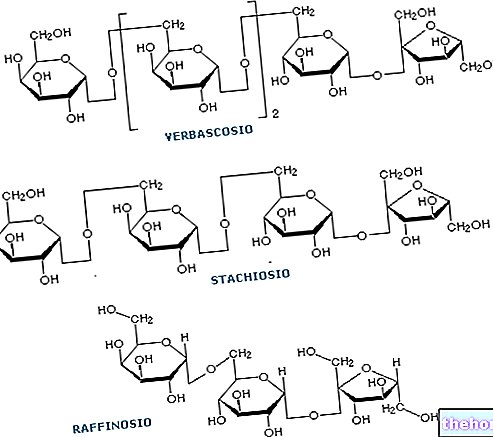
Although all types of dietary fiber are commonly grouped under the unique term of "fiber", specialists have more accurately defined TWO subgroups that distinguish them on the basis of chemical properties and the consequent metabolic effect which cover; these are VISCOUS fibers and NON-VISCOUS fibers.
NB: the term viscous and non-viscous fibers is NOT synonymous with soluble and insoluble. From some researches it has been observed that the solubility of the fibers does not always represent a valid criterion for the prediction of the ability to gel, therefore of their potential metabolic effect; nevertheless, the terms soluble fiber and insoluble fiber are still widely used among food and human nutrition professionals.
some plants;Oats and derivatives, carrots, onion, apple peel and citrus fruit albedo, and legumes (dried beans, peas and lentils) are excellent sources of soluble fiber.
On the other hand, the different fibers have different chemical-physical properties. The viscous ones are characterized by a remarkable solubility; they, diluted in water, form a real gel, while the non-viscous ones remain intact and (after bacterial fermentation in the colon ) favor the production of intestinal gas.
The most interesting aspect relating to the intake of viscous and non-viscous fibers was highlighted by a randomized study of NIH-AARP - Diet and Health Study, conducted on subjects of geriatric age; this research has shown that: "the sample of elderly people characterized by a diet with higher fiber intake (both viscous and non-viscous) has a mortality index of 22% LOWER than that with a diet poor in fibrous components".
The viscous and non-viscous fibers (in quantities that are around 30 g / day) preserve the state of health of the human being and prevent the onset of some diseases, especially in old age.
) include the group of pectins, beta-glucans, some gums (for example, guar gum) and mucilages (for example, psyllium); these are typically soluble molecules that determine above all:- An increase in satiety by mechanical action on the stomach walls;
- A modulation of intestinal absorption, more precisely:
- They have a positive effect on the prevention of type 2 Diabetes Mellitus (more total fiber in the diet leads to an improvement in the glycemic index and a decrease in the glycemic load);
- They have a positive effect on the prevention of some cardiovascular diseases (more total fiber in the diet determines an optimal modulation of the absorption of lipids with an improvement in the blood profile of fats).
More precisely, viscous fibers play a decisive role in the modulation of lipidemia, REDUCING serum LDL cholesterol (commonly called "bad"); moreover, by modulating the absorption of energy nutrients by moderating the glycemic index of the meal, with a beneficial effect on the overall insulin response.




























